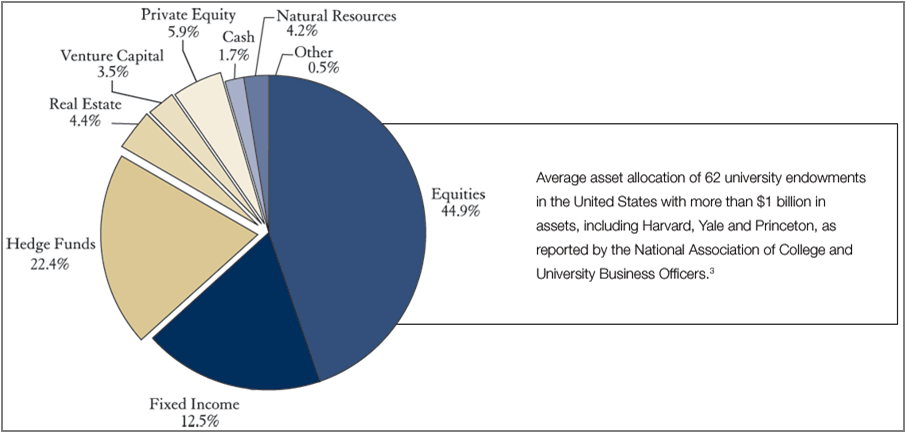Client Quotes: The Pace of Digital Change
In almost every client meeting I hear something memorable. It’s usually something funny, because my brain retains that stuff better. But it’s also always something that reinforces an important idea for me.
This week I heard two things that reminded me just how far our industry has to go when it comes to digital strategy and execution. Every day we hear about a new cutting-edge mobile initiative, or another firm expanding its social media presence, or a unique piece of content.
We hear less on the reality that in many ways the digital evolution is a slow one. Here are two client quotes from last week that hammer that home:
1. “When terrorists send a threat, they don’t do it via PDF.”
This got a big laugh from me. It was a moment of stand-up comedy in an otherwise serious discussion. In this case, the client was lamenting his firm’s struggle to produce compelling output in light of video’s immense impact on how people communicate memorable messages.
The fact is that the industry has gotten markedly better in using video, specifically by:
- Mixing multimedia content in alongside traditional printed material
- Keeping videos short, given viewers’ attention spans are at all-time lows
- Finding the sweet spot among production quality, production speed, and cost
Even so, there’s an entrenched printed material legacy, and clients still prefer the printed option to multimedia in many cases. Video may have killed the radio star, but it hasn’t yet done major damage to the asset management PDF.
2. “I just received the regulatory ‘OK’ for two Tweets I posted in December.”
/re-checks calendar
Ouch.
We recently wrote a piece about the barriers to social media implementation (subscription) for Ignites. We didn’t delve into the issue of regulation if only because it’s so well-established as THE major contingency in many firms’ social media strategies.
That said, we have two active social media projects right now, and this client hammered home the potential negative impact of regulation. Not only do the rules need to be better crystallized, but the processes do as well.
Six-month waits for approval of 140 characters will put the brakes on some firms’ continued adoption of social media.








